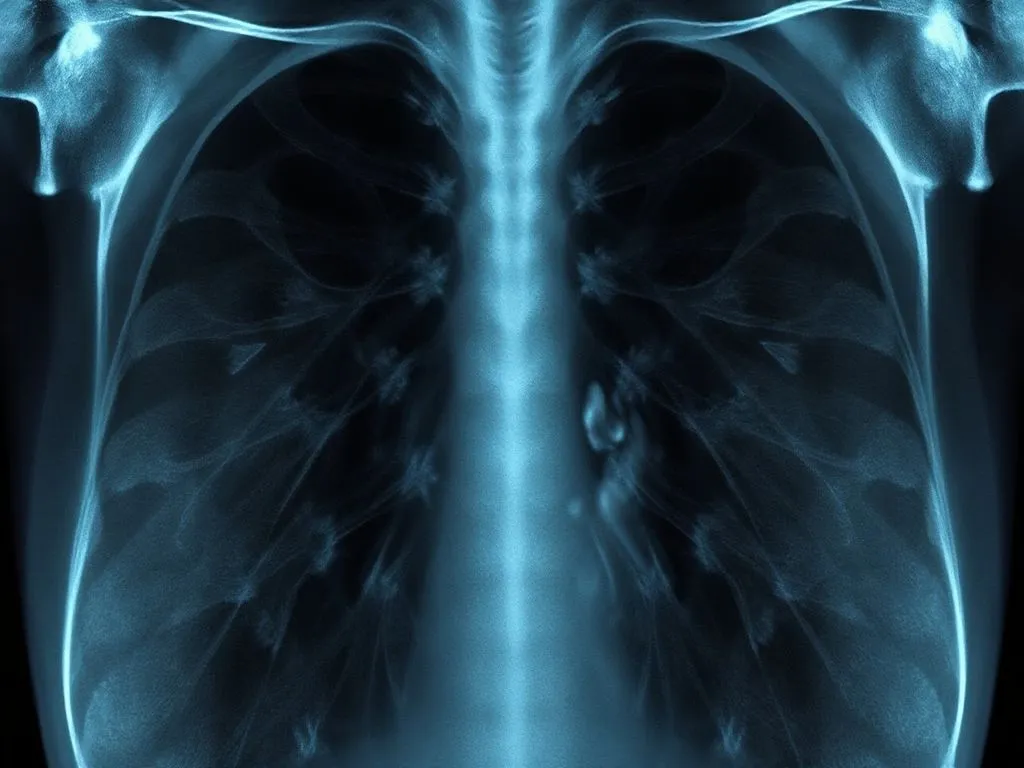
Recently, the journal Medical Image Analysis has accepted an article titled "Multi-scale region selection network in deep features for full-field mammogram classification," which introduces an innovative Multi-Scale Region Selection Network (MRSN) designed to enhance the classification accuracy of full-field mammograms, aiding in the early diagnosis of breast cancer (BC). This end-to-end deep feature training network reduces reliance on traditional Region of Interest (ROI) annotations, thereby lowering the cost of model training.
The MRSN operates by filtering out areas in deep features related to tumors, thus decreasing dependency on ROI or segmentation annotations. It scores regions on different dimensions to pinpoint tumor locations and selects high-scoring areas as the feature representation for the entire image, allowing the model to focus on tumor regions. Experiments conducted on two public datasets and one private dataset demonstrated state-of-the-art performance without the need for ROI or segmentation annotations.
The study's methodology involves a background cropping module to remove black backgrounds and confusing information, retaining only the mammary area resized to 600 x 600 pixels. A pre-trained Densenet-169 serves as the feature extractor for preprocessed images, producing feature maps from the last convolutional layer. Spatial and channel region selection processes are applied to choose features with a high probability of malignancy, which are then integrated and passed to a fully connected layer to calculate the final probability of malignancy.
The research utilized three datasets, including two public ones: the CBIS-DDSM dataset from Stanford University with 3,071 images and the INbreast dataset from Portugal with 410 images, along with a private dataset from Shandong Cancer Hospital with 406 images. The images were randomly divided into 80% training and 20% testing sets with no overlap.
Results indicate that MRSN achieved higher AUC and accuracy compared to previous state-of-the-art models without using ROIs. In a private dataset, MRSN's average AUC of 0.923 outperformed radiologists' average of 0.871. Additional evaluation metrics of accuracy, sensitivity, and specificity showed that MRSN, while slightly lower in accuracy, had higher sensitivity and specificity. Notably, using MRSN as an auxiliary diagnosis improved all metrics, highlighting its potential as a diagnostic aid.
Despite these advances, the study acknowledges limitations, including the coupling of confounding and tumor information, which cannot be easily decoupled by simple region selection, and the impact of selected feature size on computation speed. Future research may focus on exploring methods to decouple feature selection.
Original link https://www.sciencedirect.com/science/article/pii/S1361841524003244?via%3Dihub
